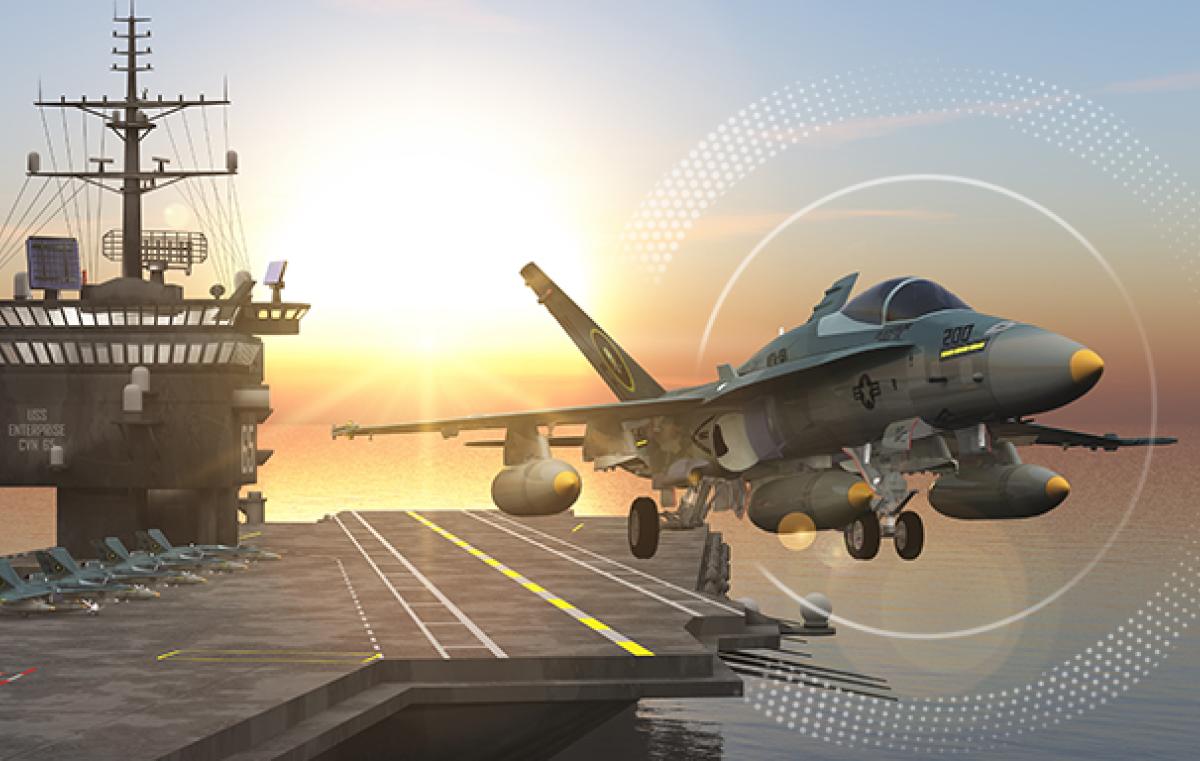90K Tons of Diplomacy
Dr. Tal Tovy of BIU’s Department of General History describes the capabilities of American aircraft carriers, and reviews historical events in which the US deployed aircraft carriers in crisis areas

Among the building blocks of Israel's defense in the current war are the powerful aircraft carriers deployed by the United States in the Middle East. Dr. Tal Tovy, a US military historian in the Department of General History at Bar-Ilan University, describes the history of American aircraft carriers in the Middle East.
“The stationing of the Gerald Ford (CVN-78) aircraft carrier in Israel’s proximity was perceived in Israel as a sign of solid US support for Israel in its hour of need. However, sending American aircraft carriers to the Middle East and near the Persian Gulf is no surprise," notes Dr. Tovy.
"Since the end of World War II, there are hundreds of cases in which the United States moved aircraft carriers to areas where crises occurred or there was a chance that one would develop. Thus, there are two popular quotes in the United States, which accurately depict the place of aircraft carriers in the American concept of security and foreign policy. The first statement is that the aircraft carrier is 90,000 tons of diplomacy. The second statement, attributed to President Clinton, but also highly relevant to the presidents before him (and certainly to those who came after him), is that when news of a crisis anywhere the world gets to the White House situation room, the president always asks where the nearest aircraft carrier is situated.
“These two statements relate to the activation of the United States aircraft carrier fleet since 1945. In many cases, such as the fear that China would invade Taiwan (1954, 1958) or take advantage of a military maneuver for such an invasion (1996) the United States advanced with aircraft carriers towards Taiwan. This maneuver ended the crises with China. In many cases, such as the Korean War (June 1950) or the Iraqi invasion of Kuwait (August 1990), the initial American response, before sending troops to land bases, was sending an aircraft carrier. For example, a few days after the invasion of Kuwait, the aircraft carrier Eisenhower (CVN-69) was already in a position from which it could exercise its air power if Iraq attacked Saudi Arabia.
"On an aircraft carrier, there are dozens of aircrafts of different types; the main combat instruments are fighter jets, which are currently the F/A-18 Super Hornet as well as the F-35B. However, the aircraft carrier isn’t a lone operation, and is actually the center of a combat group which includes naval platforms and various submarines that provide protection for the aircraft carrier but also offensive capabilities, especially missile launching.
“The combat group is joined by a Marine force. The United States currently has 11 aircraft carriers in active service, and it can bring together several aircraft carriers in a given scenario, generating considerable firepower that is capable of carrying out operations throughout the day. Also, the ability to refuel the aircraft in the air allows the aircraft to operate at a distance from the carrier.
“This is another advantage of the aircraft carrier compared to other military forces of the United States. The aircraft carrier generally sails in international waters and does not violate the territorial sovereignty of another country. This allows the US to avoid the diplomatic maneuvers required when placing forces in combat areas or protecting the forces from attacks, as is the case, for example, with American bases in Syria.
“The placement of the aircraft carrier in a certain area is a clear political statement by the United States. If necessary, it also provides an initial and lethal response against an enemy that may choose to challenge the United States."